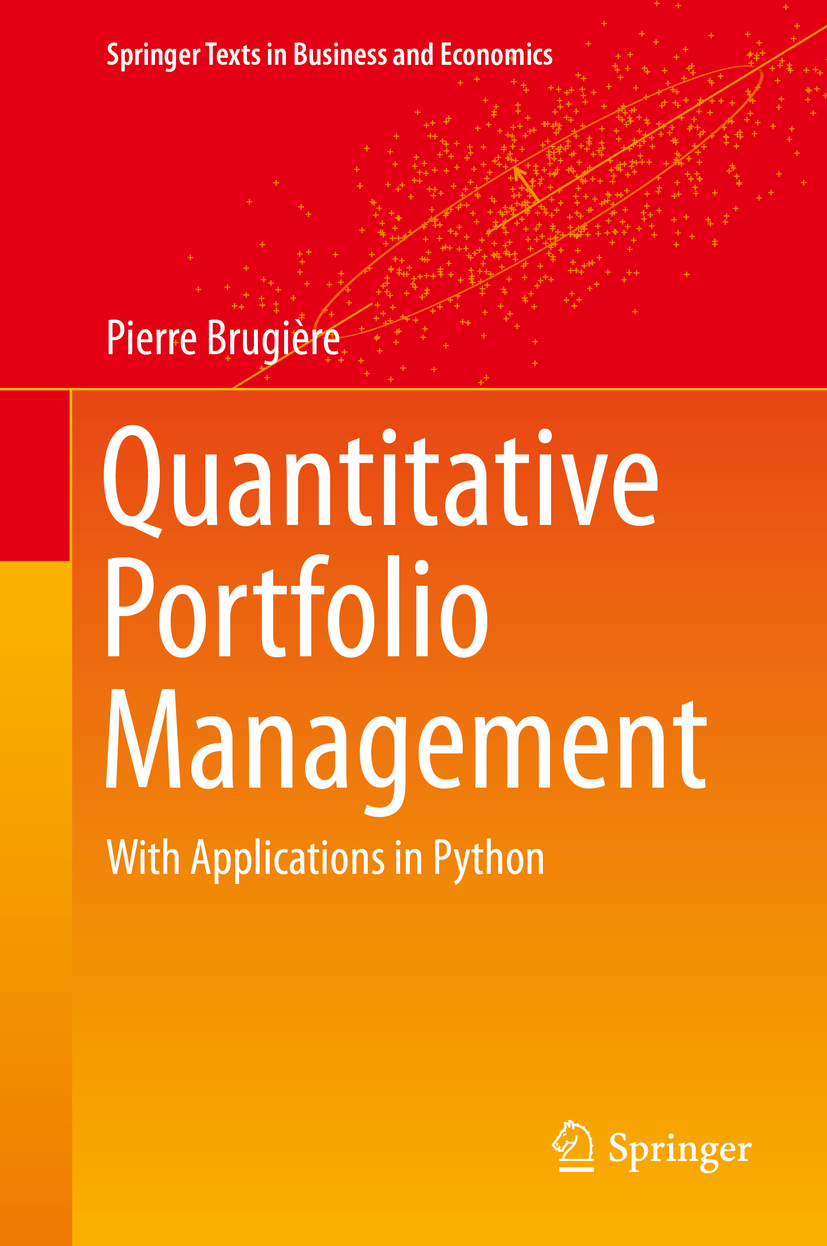This self-contained book presents the main techniques of quantitative portfolio management and associated statistical methods in a very didactic and structured way, in a minimum number of pages. The concepts of investment portfolios, self-financing portfolios and absence of arbitrage opportunities are extensively used and enable the translation of all the mathematical concepts in an easily interpretable way. All the results, tested with Python programs, are demonstrated rigorously, often using geometric approaches for optimization problems and intrinsic approaches for statistical methods, leading to unusually short and elegant proofs. The statistical methods concern both parametric and non-parametric estimators and, to estimate the factors of a model, principal component analysis is explained. The presented Python code and web scraping techniques also make it possible to test the presented concepts on market data. This book will be useful for teaching Masters students and for professionals in asset management, and will be of interest to academics who want to explore a field in which they are not specialists. The ideal pre-requisites consist of undergraduate probability and statistics and a familiarity with linear algebra and matrix manipulation. Those who want to run the code will have to install Python on their pc, or alternatively can use Google Colab on the cloud. Professionals will need to have a quantitative background, being either portfolio managers or risk managers, or potentially quants wanting to double check their understanding of the subject.












